Photographs: Reuters BS Reporter in New Delhi
The government has on several occasions denied the charges of policy paralysis affecting growth and claimed the economy is on a recovery path, growing at a faster pace in the second half of the current financial year than the first.
It has also claimed that the current account deficit is likely to be contained at $45 billion, or about 2.5 per cent of gross domestic product.
But the International Monetary Fund doesn’t seem to agree.
It questions all these assertions in its staff report, prepared after discussions with Indian authorities and released on Thursday.
It attributes much of India’s economic slowdown to domestic factors, such as ‘heightened policy uncertainty’.
. . .
IMF punches holes in India's growth revival story
Photographs: Reuters
It projects a growth rate of 4.6 per cent this year (against the government’s estimate of 4.9 per cent) and a CAD level of $61 billion, or 3.3 per cent of gross domestic product.
However, in a teleconference call later in the evening, IMF’s mission chief in India, Paul Cashin, clarified the CAD might come to 2.5 per cent of GDP.
IMF has said in its staff report, under Article IV consultations: “About two-thirds of the slowdown in India can be explained by domestic factors.”
Besides policy uncertainty, domestic causes of the slowdown include supply bottlenecks, delayed project approvals and implementation.
The report was released three days after the Interim Budget was tabled in Parliament, where Finance Minister P Chidambaram said: “I reject the argument of a policy paralysis.”
. . .
IMF punches holes in India's growth revival story
Image: Prime Minister Manmohan SinghPhotographs: Reuters
Even on inflation, which has been persistently high for some time, IMF appears to be singing a different tune.
It says India’s growth slowdown is unusual among emerging markets both in terms of severity and because it coincides with elevated inflation.
It has said the rate of retail inflation is likely to remain near double digits well into next year.
It expects the inflation rate to be 7.4 per cent by March 2014 -- above the Reserve Bank of India’s comfort zone -- and falling only slowly to 6.3 per cent by March 2015.
It has also said that RBI might have to continue raising policy rates in the coming months.
“The ingrained nature of inflation and inflation expectations mean that reducing inflation -- even over a protracted horizon -- might require significant increases in policy rates,” the staff report said, though it admitted that any such move would weigh on economic growth.
. . .
IMF punches holes in India's growth revival story
Photographs: Reuters
In his interim Budget speech, delivered on Monday, Chidambaram had said: “RBI must strike a balance between price stability and growth while formulating monetary policy.”
The IMF report also carries authorities’ viewpoints.
It says Indian authorities agree that inflation is too high and that monetary policy will need to remain vigilant over the near term.
“At the same time, they (authorities) noted that supply-driven food inflation was a key driver of the headline number. . . With good monsoon this year, they believed food inflation should fall and that, in any case, monetary policy had a limited role in tackling food inflation.”
The Indian authorities consider there is a significant risk of over-tightening, particularly in the light of the need to create jobs to absorb the country’s growing labour force, the Fund says.
IMF has projected twin deficits higher than the authorities’ projections.
It pegs fiscal deficit at 5.3 per cent of GDP in 2013-14, against the government’s hope of 4.6 per cent.
. . .
IMF punches holes in India's growth revival story
Photographs: Reuters
As a proportion of GDP, the IMF staff expects India’s CAD to be 3.3 per cent, against less than three per cent pegged by the finance minister in his Budget speech.
IMF does not take into account disinvestment receipts in its estimation of fiscal deficit, so the deficit will be magnifies to that extent.
Agreeing that the opening of sectors to foreign direct investment and portfolio flows in 2013 will help finance CAD, the multi-lateral agency warns that a further relaxation of external commercial borrowing rules should be undertaken only incrementally and cautiously, alongside a deeper domestic financial markets.
It has prescribed that issuing a maiden international sovereign bond and seeking entry into global bond indices should also be explored.
Similarly, its recipe includes again going for foreign exchange swaps for non-resident Indian deposits -- after RBI undertook such a step in September 2013.
IMF also recommends taking oil marketing companies out of the spot market and offering them a short-term bilateral foreign exchange swap window at market prices.

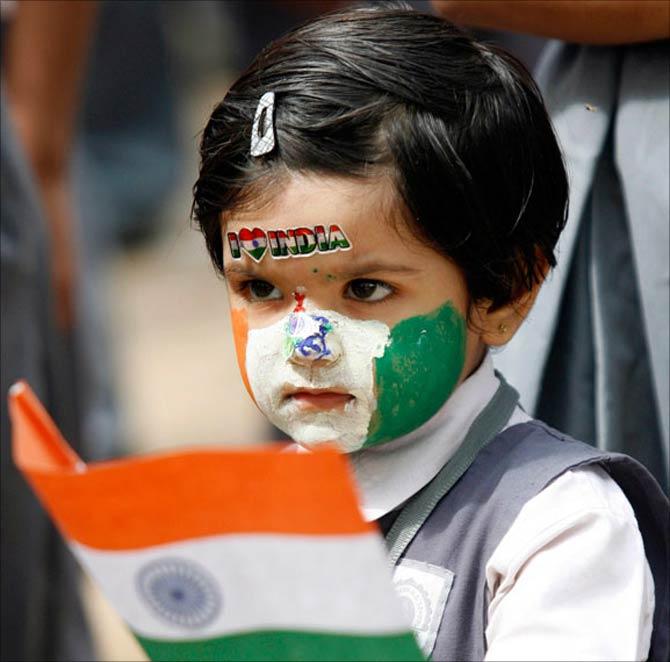
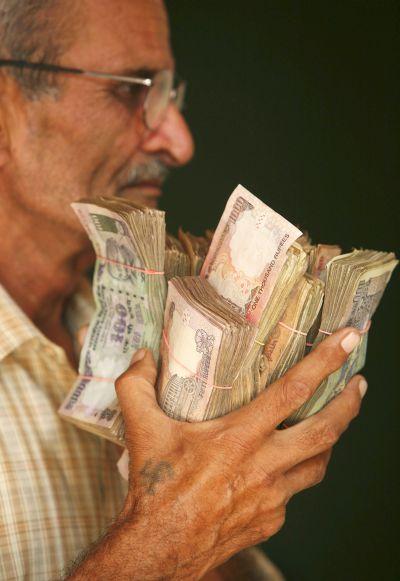
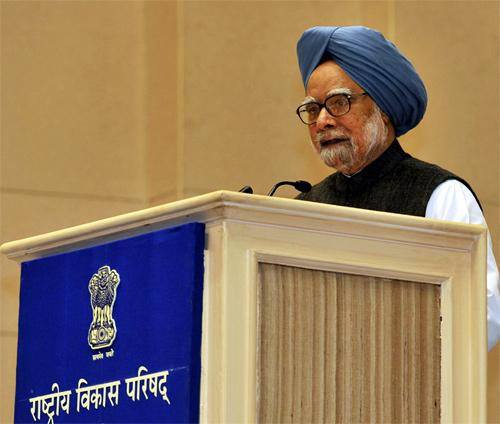
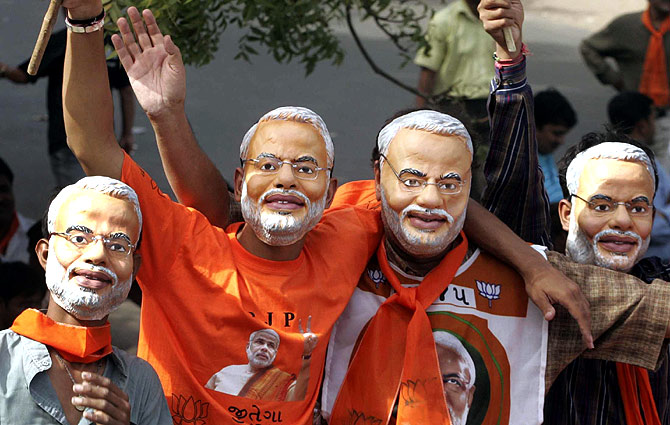
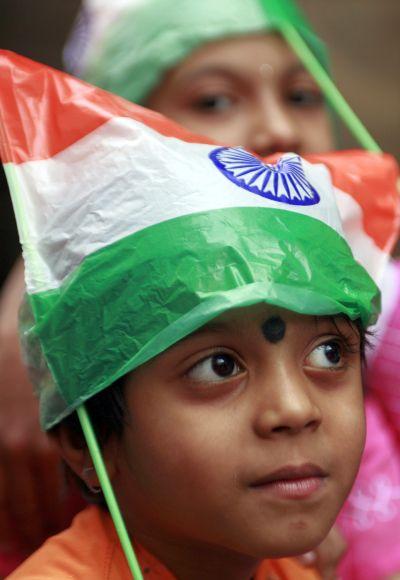

article